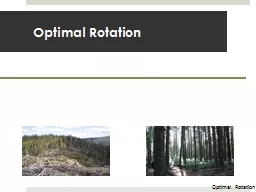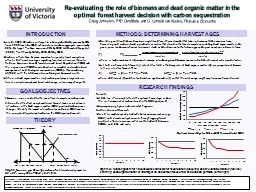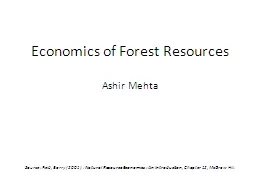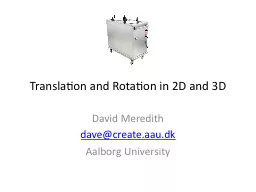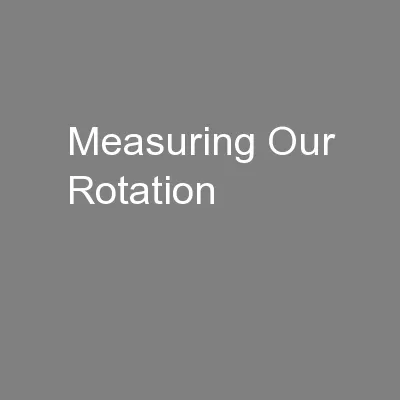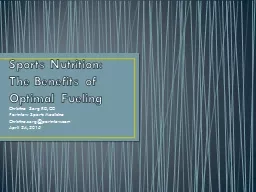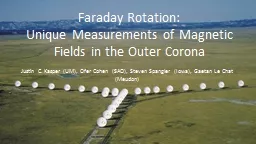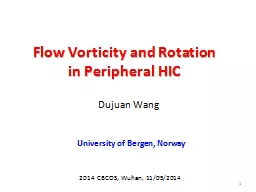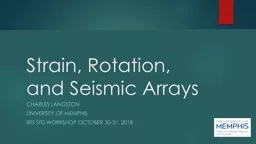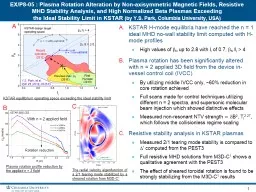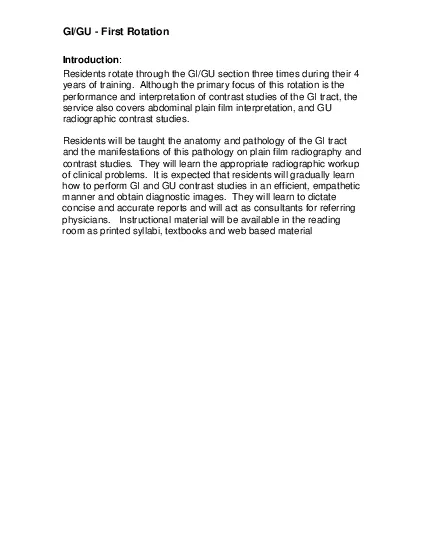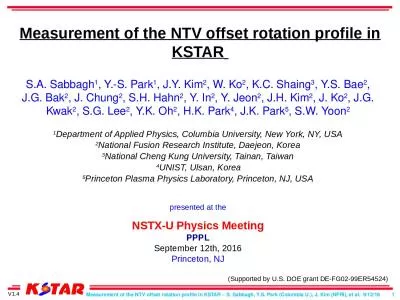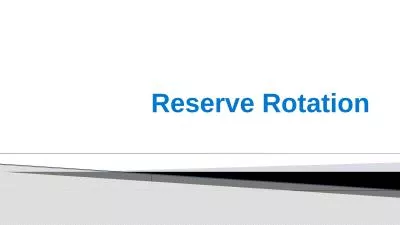PPT-Optimal Rotation
Author : olivia-moreira | Published Date : 2017-05-01
Optimal Rotation Biological vs Economic Criteria What age should we harvest timber Could pick the age to yield a certain size Or could pick an age where volume in
Presentation Embed Code
Download Presentation
Download Presentation The PPT/PDF document "Optimal Rotation" is the property of its rightful owner. Permission is granted to download and print the materials on this website for personal, non-commercial use only, and to display it on your personal computer provided you do not modify the materials and that you retain all copyright notices contained in the materials. By downloading content from our website, you accept the terms of this agreement.
Optimal Rotation: Transcript
Download Rules Of Document
"Optimal Rotation"The content belongs to its owner. You may download and print it for personal use, without modification, and keep all copyright notices. By downloading, you agree to these terms.
Related Documents

